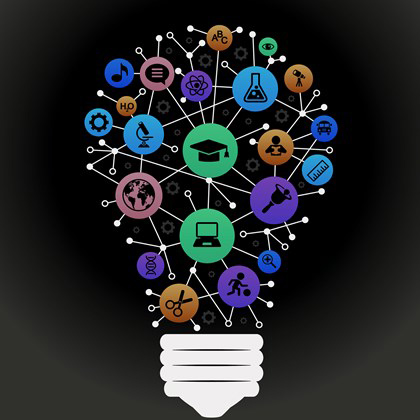
Modeling
One of the mind’s most potent capacities is the ability to create models of reality to understand themselves better, others, and the world. Through processes of abstraction, ways of looking at processes and systems can be created and exchanged that allow for the highlighting of certain aspects that may be invisible otherwise to increase understanding. Good models, like good maps, provide enough detail to help orient you and give you a way of applying it while not being so complex as to overload you with information unrelated to what you are trying to accomplish.
Multi-modeling
For better or worse, the human mind looks at the world from a particular perspective and often through specific models. The interplay between these two lenses of perception guides how the mind deletes, distorts, and generalizes what it encounters. The beginning of wisdom can be found in learning how to change perspectives and models to become a faster problem solver and a more robust interactor with the universe.
To do this, one has to become familiar with a wide variety of models for understanding. This includes models of thinking, behavior, economics, business, philosophy, anthropology, and psychology. How many models you will need personally cannot be pre-determined. However, the recently deceased investor and author Charlie Munger suggests this exploration becomes most useful at around the 100 model point of understanding. The Temple of Set’s Reading List, which encourages encountering a wide variety of societally “acceptable” and “unacceptable” models, is built in such a fashion to help create the conditions of multi-model thinking. You are also encouraged to explore and integrate additional models, bringing the best of what you find to the Temple.
One of the mistakes made when learning to engage in multi-model understanding is to attempt to cling to your preferred model at the expense of ever really getting a sense of others. If you enter into trying to learn about how a particular model works while secretly believing what you have already is the absolute right way to understand things, you are engaged in a sham. By faking it, you won’t learn anything of value. The cognitive dissonance the new models create when interacting with your old model will likely cause you to cling more deeply to what you have, eventually becoming for you the “one true model.” Your own biases and perspectives will lock you in place, preventing you from seeing beyond them.